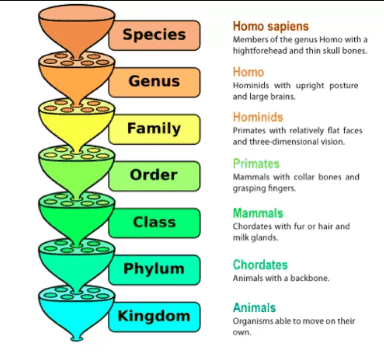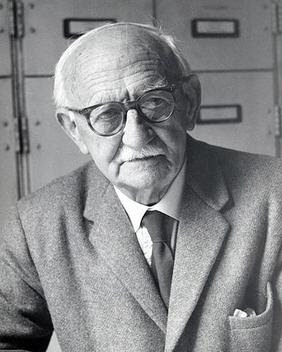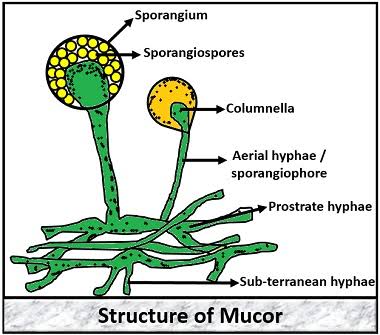Alternation of generation” term employed by Hofmeister in 1851. He observed that in mosses and ferns there are two types of morphologically distinct individuals present in the life cycle. Both alternate during a life cycle back to back. Sporophyte generation is main and dominant in pteridophytes. Strasburger (1894) discovered the method meiosis, the particular phenomenon liable for bringing about alternation of generation. The reduction in the number of chromosomes leads to the formation of a new individual in life cycle.
Gametophytic Generation
The haploid individual bears sex organs, antheridia and archegonia. Anthredia produce male gamets i.e., antherozoids or sperms and archegonia produce female gamets i.e., oospore or egg, which is concerned with the sexual reproduction. These individuals are named as gametophyte or prothallus and represents gametophytic generation.
Both the haploid gamets ( male and female) come together and unite ( fertilization or syngamy) to produce a diploid (2n) zygote. Zygote is the pioneer structure of the sporophytic generation. It germinates to form embryo which develops into new sporophytic individual.The gametoohye in the homosporous form is short lived, independent and may be surface living and green in nature. They are always exosporic and thus are not enclosed by a spore wall e.g., Lycopodium. In heterosporous form they have separate male and female prothalli. The male prothallus is extremely reduced and represents only by a single prothallial cell. Female prothallus is well develoved and larger in size. Both male and female prothalli are endosporic and are enclosed inside a spore wall e.g., Selaginella
Sporophytic Generation
Zygote is the pioneer structure of sporophytes. It develops in to embryos which in turn develops into diploid individuals. This diploid individuals is known as sporophyte and the generation is termed as sporophytic generation.
The sporophytic bears a specialized spores bearing structure called strobillus. Isside the strobillus numerous haploid spores are formed after meiosis which are known as meiospores. There are two types of sporophytic individual homosporous and hetrosporous.
Homosporous individual produce only one types of spores, whereas hetrosporous produce two types of morphological distinct spores i.e., microspores and megaspores. The spores are the pioneer structure of the gametophytic generation. It germinates to farm a new haploid gametophytic individuals.
In pteridophytes the sporophytic individual is complicated, independent and dominant generation. It is no doubt independent,but it has to depend upon the gametophyte during earlier stage of development. It acheives it's complexity after establishing it's independence.
Both the homosporous and hetrosporous pteridophytes exhibit hetromorphoc types of alternation of generation, because the sporophyte and gametophyte individual presents marked morphological and anatomical differences.













0 Comments
If you have any query let me know.